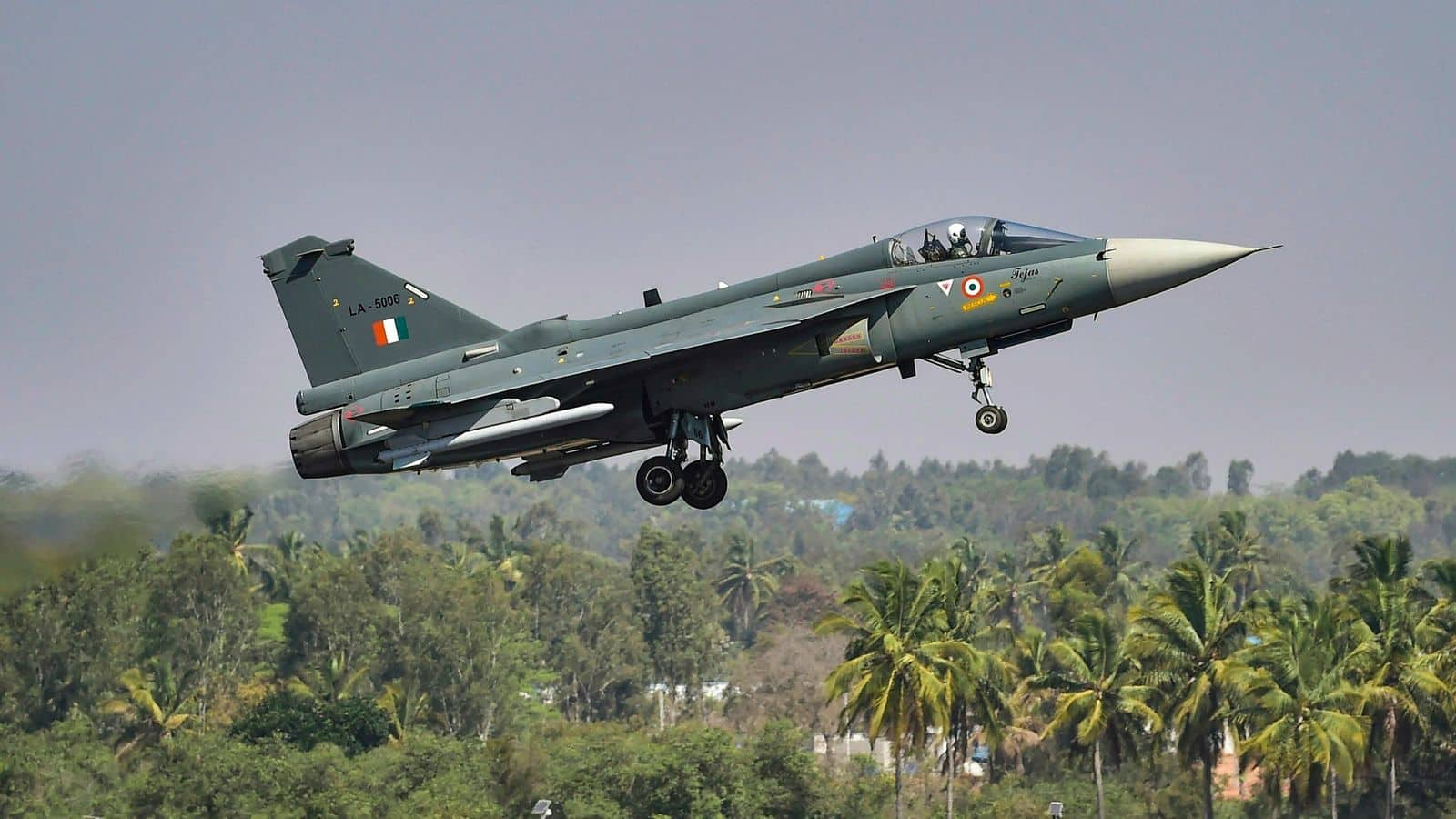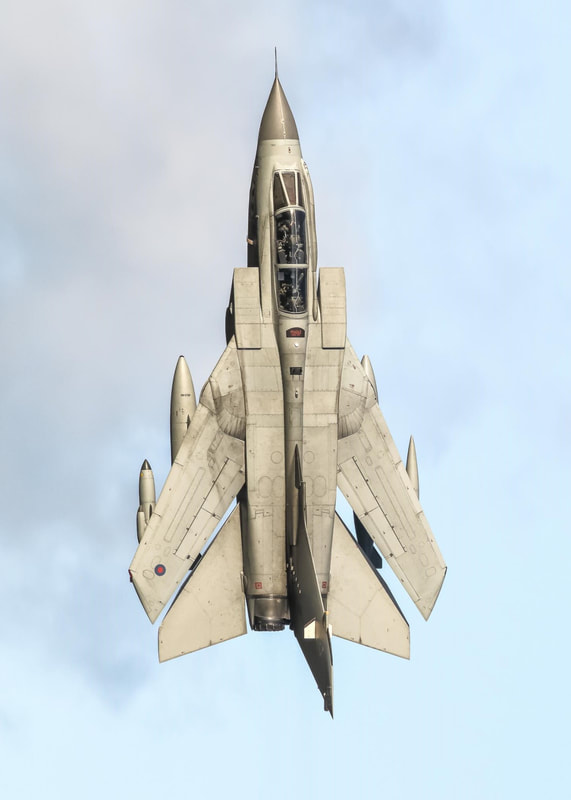I mean it's way too low for kaveri compared to ge404.
F404 has a bypass ratio of 0.34 while f414 has 0.25
M88 has 0.30
Compared to 0.16 for kaveri.
Back in 1980s ge404 was the most advanced engine for light / medium fighters in the world. So we tried to match the thrust of gef404 while compromising on fuel efficiency. ( As we couldn't match both )
A concept of leaky turbojet. Which is as good as a turbofan but not as advanced or fuel efficient as western contemporary turbofans .
See both f404 and m88 have almost double the bypass ratio of kaveri and both are most fuel efficient engines in their class.
At least this is my understanding . I could be wrong on this though so don't take it seriously.
You have just considered a single aspect over here. When we say that BPR of Kaveri is lower then M88 of GE engines, it means the air flow around the core in Kaveri is less then compared to others. Now increasing the flow MIGHT result in a more fuel efficient engine, but no where it would help Kaveri in its core.
Now looking at the fuel consumption rate, we could see that SFC of Kaveri in dry thrust is better then F 404 and at par with M88 i.e 0.78 lb/lb.h. Whereas in F-404 the military thrust SFC is of 0.81 lb/lb.h. The SFC of Kaveri increases during the wet thrust.
The most important aspect where Kaveri is lagging behind is in pressure ratio. Its pressure ratio of 21.5 is far behind the 24.5 and 26 of M88 and F-404 respectively. Unless we increase the pressure ratio, we can't expect to get the required thrust from the engine. Now interestingly the low BPR of Kaveri might be a plus point for a higher thrust. If you compare F-404 and F-414 BPR and pressure ratio, you would find that with a BPR of 0.25, the pressure ratio of F-414 is 30, which is way above then M88 and F-404. Its military thrust of 57 Kn is way above then 50 Kn of M88 and 49Kn of F-404.
So BPR wise, I believe Kaveri is just fine. We need to work on the entry temperature to increase the pressure ratio in turn to produce more thrust. Once we are able to do it, we could work on the BPR to make it more fuel efficient.


